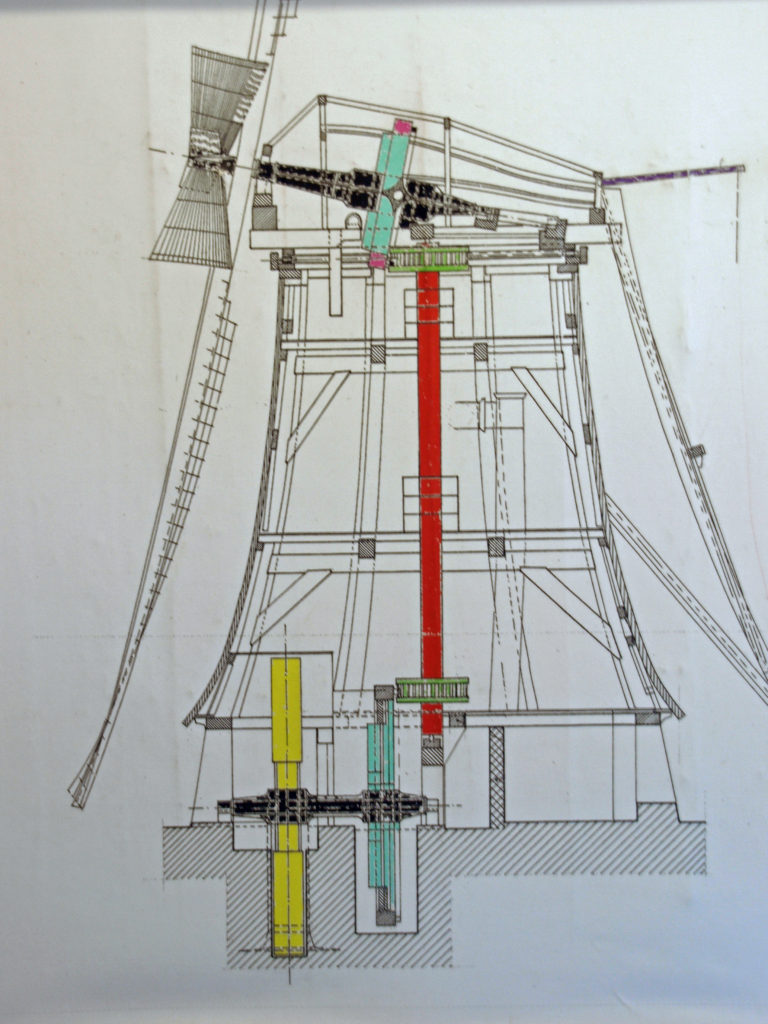by Alan K. Lee

Kona, on the Big Island, was where I first set foot in Hawai’i, back in the year 2000. I will never forget stepping out of the plane and immediately being bathed in sunshine and enveloped in the warmth that is so ever present in Hawai’i. It wasn’t just that it was warm. The air felt different, not the suffocating humidity of summers in the much of the country or the oppressive furnace-like heat of the Southwest. Here it just felt welcoming. Two steps out of the plane I knew I was in paradise.

My first view of the Big Island was also memorable. Looking out the window of the plane at the Kohala Coast as we descended toward Kona, I expected to see lush green jungle, but instead I saw black lava fields and brown grassland. There wasn’t a tree in sight. The land looked more the high desert of eastern Oregon than what I envisioned Hawai’i should look like.

Kailua-Kona isn’t a desert by any means, but the average annual rainfall is a bit under 30 inches, less than Portland or Seattle. Parts of the Kohala Coast to the north of Kona get less than 10 inches of rain per year. In contrast, Hilo on the east side of the island averages more than 10 feet (127″) per year.
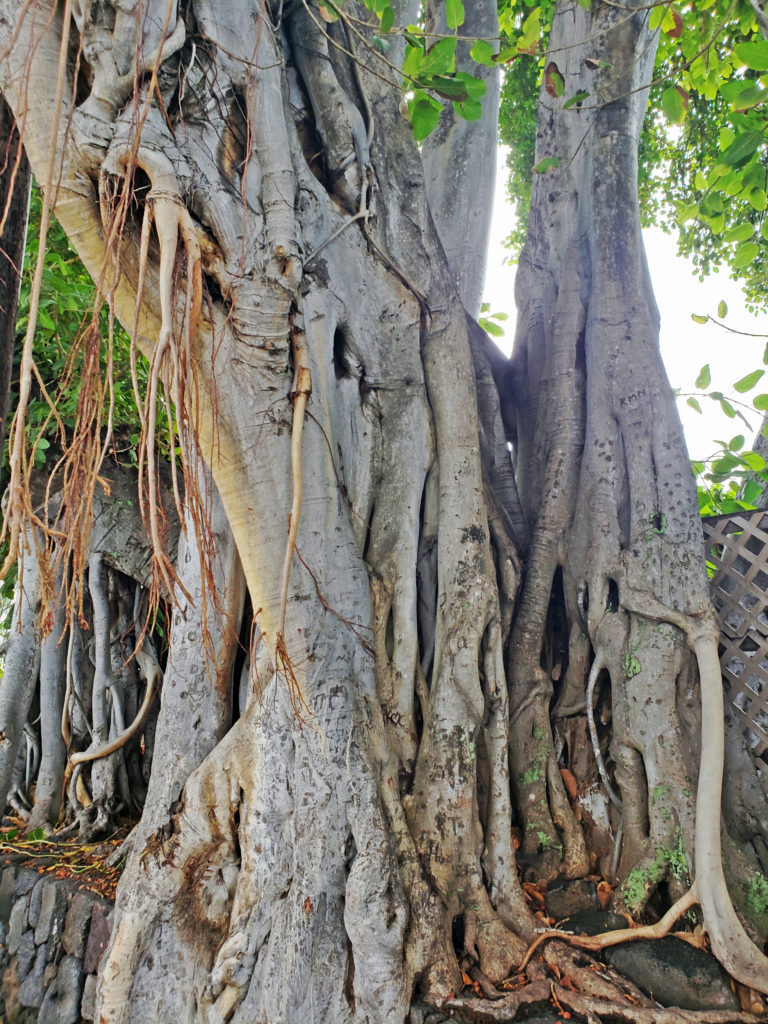
My wife and I have been back to the Big Island a couple of times since our first visit. Our most recent visit came in February 2019. After visiting my wife’s cousin and her husband at their home on Maui, the four of us took the short hop over to Kona to explore the Big Island. It had been 15 years since our last trip to Kona, so I was interested to see how much it had changed. The answer turned out to be not all that much. A little bigger, more traffic, maybe a little more touristy, but essentially the same as I remembered it.

After settling into our condo rental near downtown Kailua-Kona, we walked into town. It was hotter and a little more humid than I remembered it being on our previous visits, so our first stop was a local pub to get a cold brew. After slaking our thirst and having a bite to eat, we walked around the town and harbor-front for awhile.

Kailua-Kona still has a small town feel and the downtown area is compact and easily walkable. Many of the businesses that were there 15 years ago are still there. The shave-ice place that we discovered on our first visit is still there, although with a different name now. The town is worth a look, but it is often crowded with tourists, especially when there’s a cruise ship in port. When there is, it’s probably best to avoid the area. Fortunately, the attractions of the Big Island are numerous and varied, and regardless of what your idea of the perfect tropical vacation is, you can probably find it on the Big Island.


We spent one morning at Kealakekua Bay, about 20 miles south of Kailua-Kona. On our last trip, my wife and I took a day cruise to Kealakekua to snorkel. That was one of the best snorkelling experiences I’ve ever had. This time we drove to Manini Beach, a pretty cool little park with a small sand beach, frequented more by locals than tourists. We would never have found it on our own, but the owners of the condo we rented put together an information book that had photos and directions to the park. Across the bay is a monument marking the spot where Captain James Cook was killed in 1779.



We spent two or three hours lounging and swimming at Manini Beach, then drove to the Place of Refuge (Pu’uhonua o Honaunau National Historic Park), on Honaunau Bay, a few miles south of Kealakekua, where we spent another couple of hours exploring. Pu’uhonua o Honaunau played a significant role in the lives of Hawai’ian people prior to contact with Europeans. If you have any interest in Hawai’ian history, this is a place you definitely should visit. Next door to the Place of Refuge there is also a very good (and popular) snorkelling access point called Two Steps. You are certain to find lots of colorful fish and sea turtles in the bay there.


More native history can be found along the Kohala Coast to the north of Kailua-Kona. The Mauna Lani Resort has preserved a couple of features of native Hawai’ian life on their property. Kalahuipua’a Historic Park contains archaeological sites and preserves two ancient fish ponds. The ponds were originally shallow embayments that the native Hawai’ians walled off to raise fish for food. Over time the ground here has subsided, making the ponds deeper and larger than they once were.


Puako Petroglyph Archaeological Park, also on the Mauna Lani property, preserves an area of relatively flat, smooth lava, several acres in size, that is literally covered with petroglyphs. It’s about a 3/4 mile hike, but a quite incredible site, and well worth the hike, even on a hot afternoon. I’ve never seen another place with anything close to the number of petroglyphs that can be found at Puako. The entire Puako Petroglyph Archaeological Preserve covers 223-acres and boasts more than 3,000 ancient petroglyphs, some dating to 1200 AD.


Farther north, in the North Kohala District, Lapakahi State Historical Park preserves the ruins of an ancient settlement. Several of the structures have been recreated to give an inkling of what life was like in the village. The park also protects 1.5 miles of shoreline and off shore coral reefs.


We came to the Big Island not long after the end of 2018’s epic eruption of Kilauea. The volcano was quiet when we were there, but most of the rim road and almost all of the trails in the summit area were still closed. That was a big disappointment. I would have liked to get a close up look at how much the crater had changed since our last visit. From what we could see, the Halema’uma’u Crater within the Kilauea Caldera is now many times larger than it was in 2004, but we couldn’t get near enough to see down into the crater. The trails down into the Kilauea Iki Crater were also closed, as was the Thompson Lava Tube Trail. The Chain Of Craters Road was open, so we stopped and explored a couple of interesting areas of much older eruptions that we probably would have skipped if more of the summit area had been accessible.


After leaving Volcanoes National Park, we drove to Hilo, looking for Rainbow Falls. Our navigation system led us astray, however, leading us down a private road that went nowhere. We backtracked to Hilo to reconnoiter. While there, we had a wonderful dinner at the Cafe Pesto. Our friends had eaten there before and their recommendation was definitely on target. After dinner we consulted a map of Hilo and found our way to Rainbow Falls with no trouble. Our previous visit to Hilo (in 2004) came in the middle of a months long drought on the Big Island, and Rainbow Falls was barely a trickle then. But this time the Wailuku River was flowing strongly and twin streams of water were pouring over the edge of the cliff. As impressive as it was, I couldn’t help but wonder how much more so it would be after a heavy rainstorm.

We made our way back to Kona via the Saddle Road that crosses over the divide between Mauna Loa and Mauna Kea. In 2004 this was such a bad road that rental car companies specifically prohibited taking their cars on it. But much work has been done on it recently, and it is now one of the better highways on the Big Island, and by far the quickest route between Kailua-Kona and Hilo.

Four days wasn’t close to enough time to do anything but scratch the surface of what the Big Island has to offer. There are beaches, of course, and snorkeling, golf, hiking trails, you name it. But even if you only have a few days, the Big Island is a great choice of places to visit. If you are thinking about visiting, a good starting point for your planning is the Big Island Guide website. It has tons of information on accommodations, dining, activities, sightseeing, the history and culture of the island, and much more.

No matter what your interests, I think it would be hard to have a truly bad experience on the Big Island, or any of the other islands, for that matter. Whether you choose to visit Kaua’i, Oahu, Maui, Moloka’i, the Big Island or Lana’i doesn’t matter. All of the islands of Hawai’i really are paradise.
 Originally posted August 6, 2019. Updated and re-posted November 19, 2022.
Originally posted August 6, 2019. Updated and re-posted November 19, 2022.
All photos © Alan K. Lee





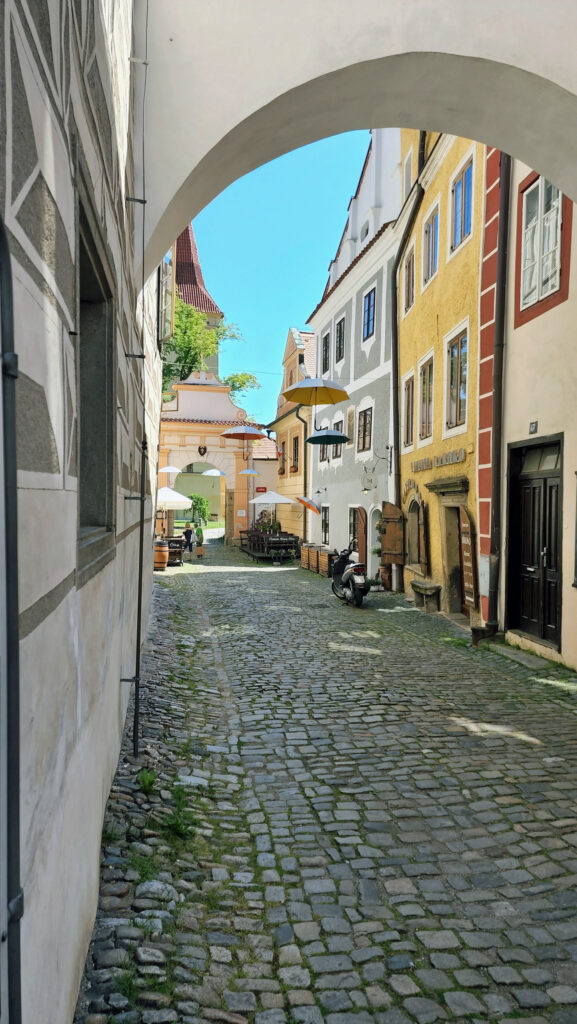








 For my money, the best part of our visit was simply wandering around the historic center, walking the cobblestone streets and taking in the wonderful architecture, the beauty of the Vltava River that meanders around and through the town, and finding some of the charming and quirky things that set Czesky Krumlov apart. The old town area is car free and pedestrian friendly.
For my money, the best part of our visit was simply wandering around the historic center, walking the cobblestone streets and taking in the wonderful architecture, the beauty of the Vltava River that meanders around and through the town, and finding some of the charming and quirky things that set Czesky Krumlov apart. The old town area is car free and pedestrian friendly.

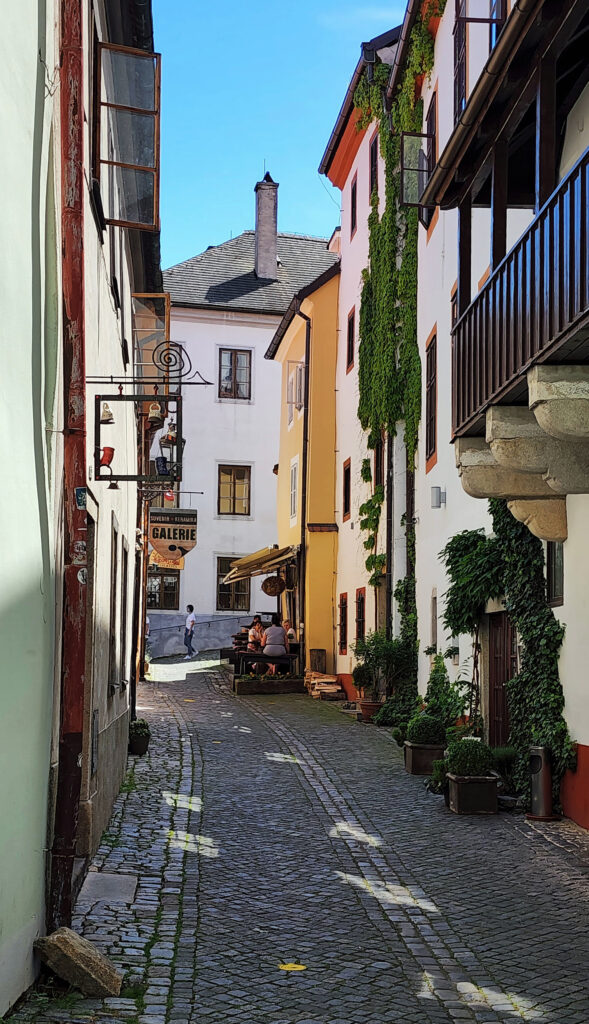



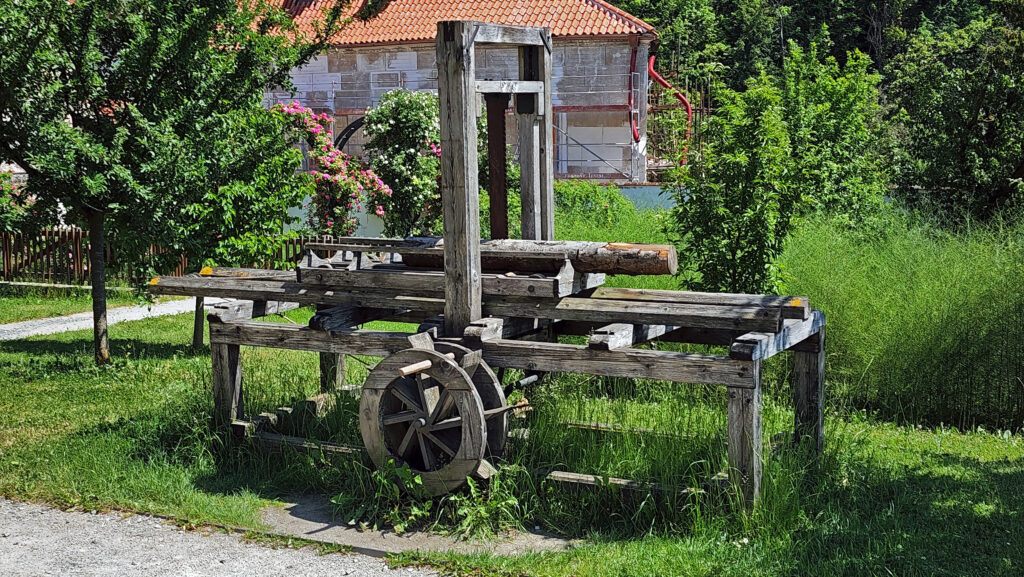








 After the castle tour, we did a guided walking tour of the old town area along the river. Among the highlights of the old town are St. Martin’s Cathedral, the old Slovak National Theater building, Michael’s Gate, and the historic Hlavne namestie (town square).
After the castle tour, we did a guided walking tour of the old town area along the river. Among the highlights of the old town are St. Martin’s Cathedral, the old Slovak National Theater building, Michael’s Gate, and the historic Hlavne namestie (town square).
 In the 19th and 20th centuries Bratislava’s influence waned, becoming a sleepy regional center of no great significance during the Soviet era. But Bratislava today is a vibrant, modern city with a diverse population and a surprisingly Western European vibe.
In the 19th and 20th centuries Bratislava’s influence waned, becoming a sleepy regional center of no great significance during the Soviet era. But Bratislava today is a vibrant, modern city with a diverse population and a surprisingly Western European vibe.  Neighboring Vienna is internationally recognized as a center of classical music and culture, but Bratislava has its own deeply rooted history of arts and culture. Mozart gave a concert in Bratislava at the age of six, and Franz Liszt’s career began (at nine years of age) with a concert in Bratislava. And Hayden, Beethoven, and many other prominent composers performed or conducted concerts in Bratislava in the 19th century. Today, there are a number of music festivals in Bratislava throughout the year, and the
Neighboring Vienna is internationally recognized as a center of classical music and culture, but Bratislava has its own deeply rooted history of arts and culture. Mozart gave a concert in Bratislava at the age of six, and Franz Liszt’s career began (at nine years of age) with a concert in Bratislava. And Hayden, Beethoven, and many other prominent composers performed or conducted concerts in Bratislava in the 19th century. Today, there are a number of music festivals in Bratislava throughout the year, and the 
 There is much for the visitor to see and do in Bratislava, the vast majority of which we did not have time to take in. But I’m glad that we were able to see at least a portion of this small but interesting and historic city.
There is much for the visitor to see and do in Bratislava, the vast majority of which we did not have time to take in. But I’m glad that we were able to see at least a portion of this small but interesting and historic city. Posted September 14, 2022
Posted September 14, 2022
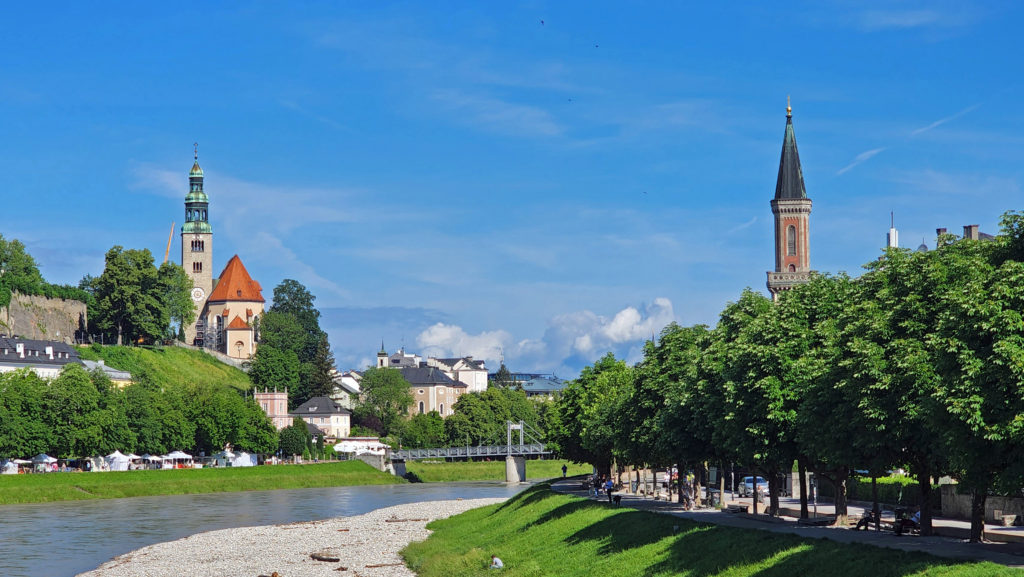






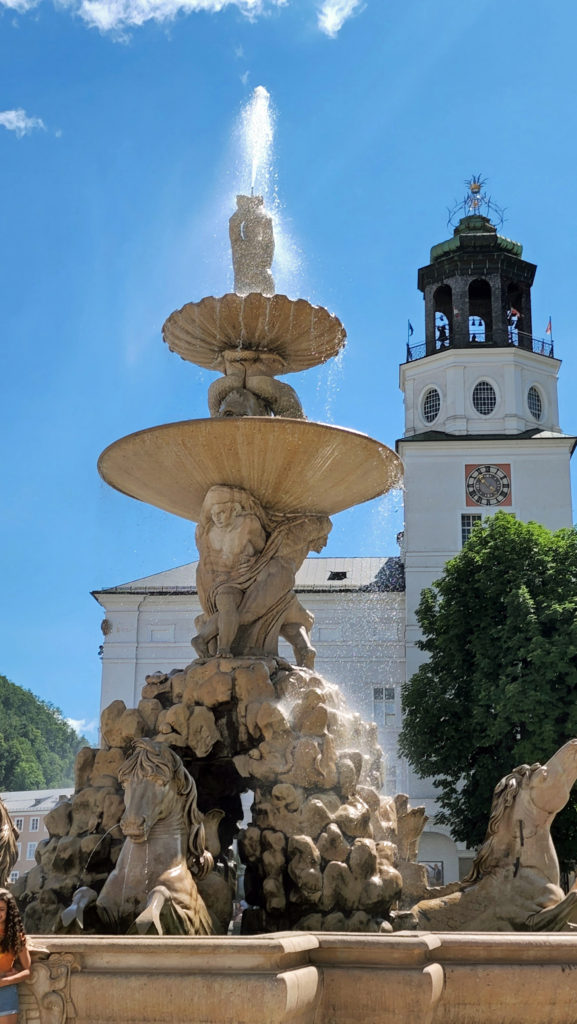



























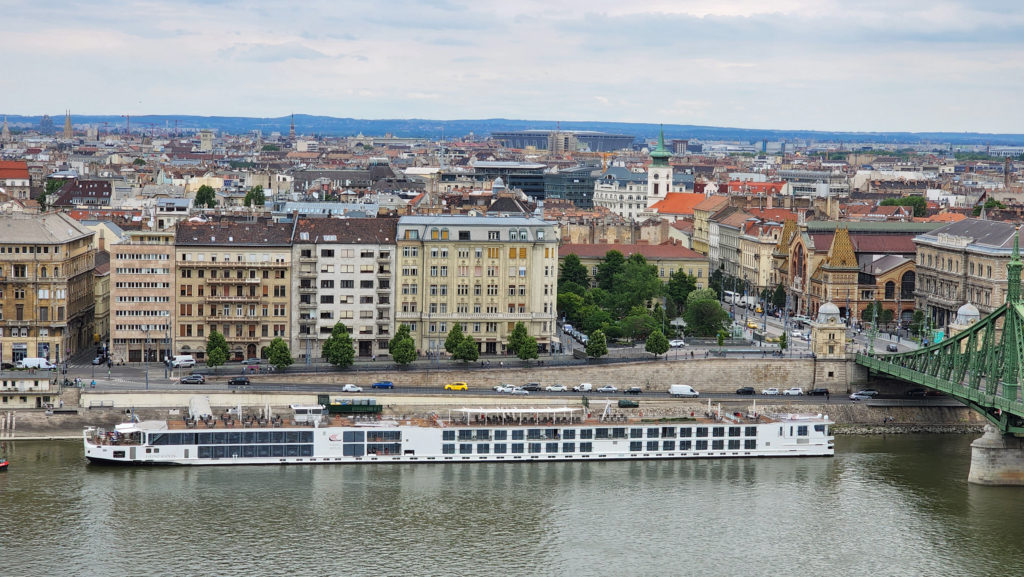





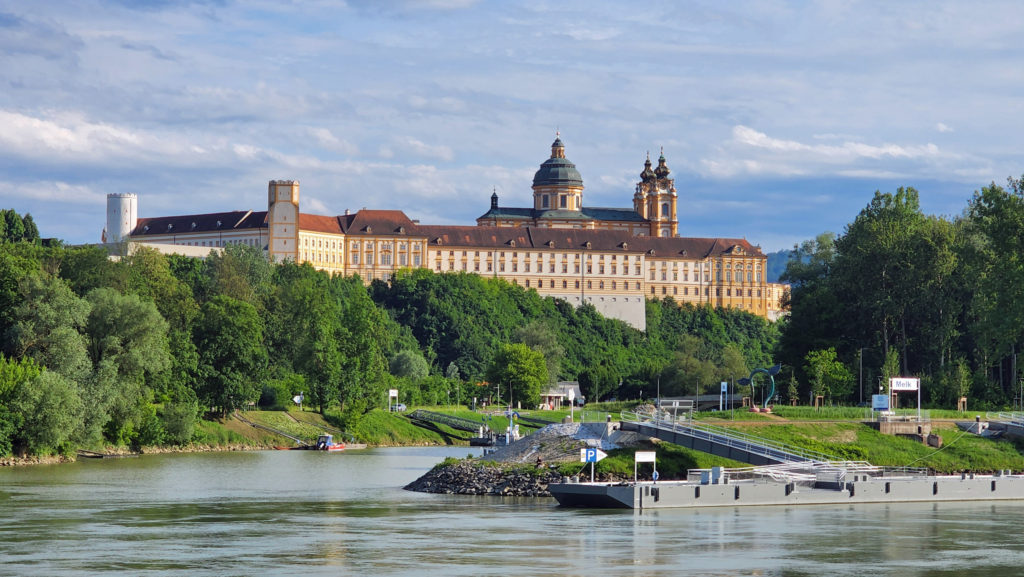
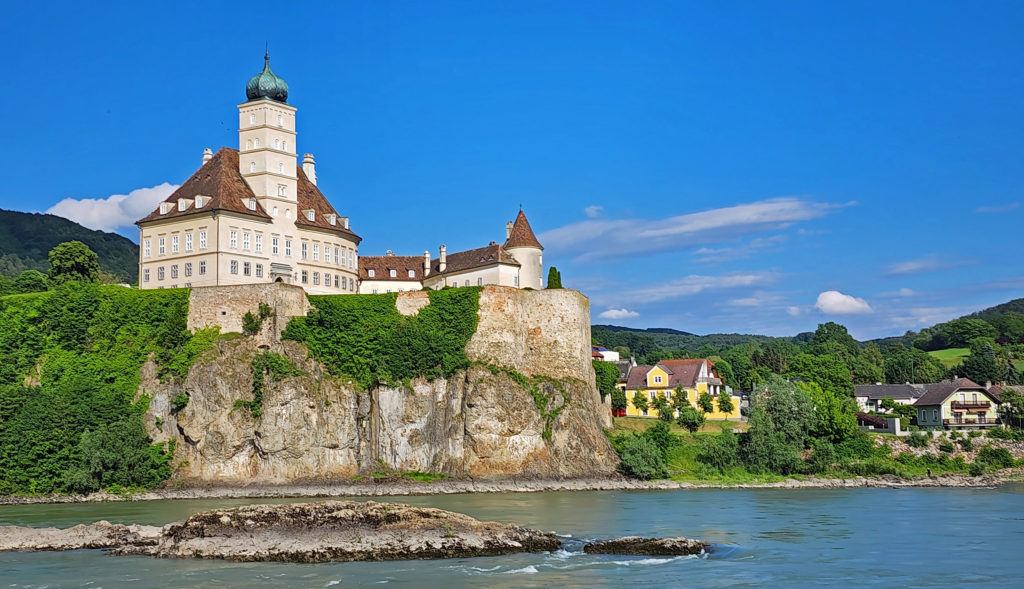










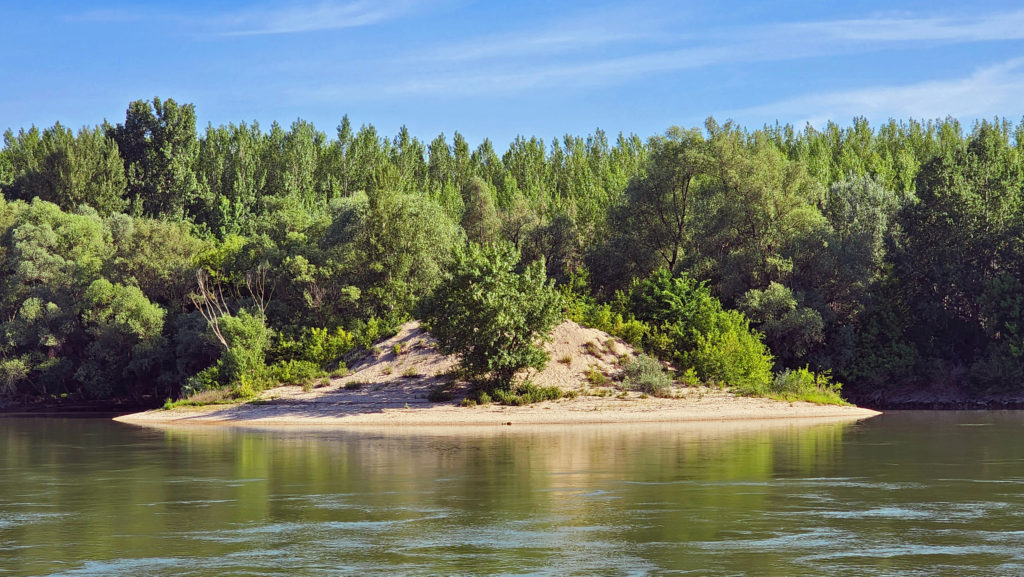






 The altitude also means that nights can be cold there even in the middle of summer. And in spring and fall, it’s not uncommon to encounter cold weather even in the middle of the day. (The photos here were taken in early May and, as you can see, there was still snow in places). Winters are cold, sometimes very, and can be snowy. Many of the trails are closed in winter. But winter also has its charms. Most of the best photos I’ve seen of Bryce Canyon have been taken when the hoodoos were covered in snow.
The altitude also means that nights can be cold there even in the middle of summer. And in spring and fall, it’s not uncommon to encounter cold weather even in the middle of the day. (The photos here were taken in early May and, as you can see, there was still snow in places). Winters are cold, sometimes very, and can be snowy. Many of the trails are closed in winter. But winter also has its charms. Most of the best photos I’ve seen of Bryce Canyon have been taken when the hoodoos were covered in snow.


 The good news is that you don’t have to hike very far into the hoodoos to get away from the crowds. There are a number of loop and out-and-back trails that will get you away from the crowds, some of them fairly easy hikes. The rim trail along the edge of the Bryce Amphitheater can also get you away from the worst of the crowds without actually descending into the hoodoos. And if you don’t want to (or can’t) hike into the amphitheaters, there are mule rides available. Check at the visitor center when you arrive. Some of the trails in the park are also paved and wheelchair accessible.
The good news is that you don’t have to hike very far into the hoodoos to get away from the crowds. There are a number of loop and out-and-back trails that will get you away from the crowds, some of them fairly easy hikes. The rim trail along the edge of the Bryce Amphitheater can also get you away from the worst of the crowds without actually descending into the hoodoos. And if you don’t want to (or can’t) hike into the amphitheaters, there are mule rides available. Check at the visitor center when you arrive. Some of the trails in the park are also paved and wheelchair accessible.

 The only road in the park (other than a section of Utah Hwy 12 that cuts across the far northern end of the park) runs north to south along the top of the Paunsaugunt Plateau from the park entrance to Yovimpa Point and Rainbow Point at the southern end of the plateau. Because the park receives so many visitors in the summer, traffic congestion can be a problem. Consider parking your car at the visitor center or the lodge and taking the free shuttle that runs the length of the park. The buses run frequently and you can hop off at any of the viewpoints and catch a later shuttle if you want to do some hiking or just sit and enjoy the scenery for awhile. Taking the shuttle also makes point to point hikes possible without having two cars.
The only road in the park (other than a section of Utah Hwy 12 that cuts across the far northern end of the park) runs north to south along the top of the Paunsaugunt Plateau from the park entrance to Yovimpa Point and Rainbow Point at the southern end of the plateau. Because the park receives so many visitors in the summer, traffic congestion can be a problem. Consider parking your car at the visitor center or the lodge and taking the free shuttle that runs the length of the park. The buses run frequently and you can hop off at any of the viewpoints and catch a later shuttle if you want to do some hiking or just sit and enjoy the scenery for awhile. Taking the shuttle also makes point to point hikes possible without having two cars. Besides being a spectacularly beautiful place during the day, Bryce Canyon is also great place to star gaze. It’s far from any light polluting urban areas, and the night skies in the park can be incredible. The park offers both astronomy programs and guided full moon hikes. Check the Bryce Canyon National Park
Besides being a spectacularly beautiful place during the day, Bryce Canyon is also great place to star gaze. It’s far from any light polluting urban areas, and the night skies in the park can be incredible. The park offers both astronomy programs and guided full moon hikes. Check the Bryce Canyon National Park  The park website is a good place to begin when planning a trip to Bryce. The
The park website is a good place to begin when planning a trip to Bryce. The 
 The Covid-19 pandemic is still with us as I write this (Feb. 2022), but the park is open with only a few restrictions. Masks are still required for everyone, regardless of vaccination status, in all NPS buildings, crowded outdoor spaces, and all forms of enclosed public transportation. But there are no other restrictions and all facilities are open. Additional details are available on the park website and at
The Covid-19 pandemic is still with us as I write this (Feb. 2022), but the park is open with only a few restrictions. Masks are still required for everyone, regardless of vaccination status, in all NPS buildings, crowded outdoor spaces, and all forms of enclosed public transportation. But there are no other restrictions and all facilities are open. Additional details are available on the park website and at  If you’re not ready to begin traveling again, though, here are links to a short video by
If you’re not ready to begin traveling again, though, here are links to a short video by 
 Originally posted March 20, 2020. Updated and re-posted February 19, 2022.
Originally posted March 20, 2020. Updated and re-posted February 19, 2022.
 The name Chelly comes from the Spanish spelling of the Navajo name for canyon, tseyi, which translates literally as “within the rock.” Over time the Spanish pronunciation, “chay-ee”, has evolved into the current pronunciation, “shay”.
The name Chelly comes from the Spanish spelling of the Navajo name for canyon, tseyi, which translates literally as “within the rock.” Over time the Spanish pronunciation, “chay-ee”, has evolved into the current pronunciation, “shay”.
 Located a couple of miles east of Chinle, Arizona, the monument’s Welcome Center is a good place to start your visit. Pick up a free map of the monument and watch a short film about the monument to orient yourself. The park rangers can answer any questions you have about tours of the canyon, accommodations, the canyon’s history or geology, what plants and animals you’ll find in the park, or any other questions you might have. There is also a gift shop where souvenirs of your visit can be purchased.
Located a couple of miles east of Chinle, Arizona, the monument’s Welcome Center is a good place to start your visit. Pick up a free map of the monument and watch a short film about the monument to orient yourself. The park rangers can answer any questions you have about tours of the canyon, accommodations, the canyon’s history or geology, what plants and animals you’ll find in the park, or any other questions you might have. There is also a gift shop where souvenirs of your visit can be purchased.
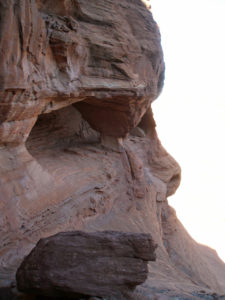 Canyon de Chelly is worth a visit just for the spectacular scenery it affords, but it is also an important cultural and historic site. The canyon is one of the longest continuously inhabited places in North America. The Ancestral Puebloans (also known as the Anasazi) first settled in the area some 4,000 years ago. The canyon was later occupied by the Hopi, descendents of the Ancestral Puebloans, and more recently by the Navaho.
Canyon de Chelly is worth a visit just for the spectacular scenery it affords, but it is also an important cultural and historic site. The canyon is one of the longest continuously inhabited places in North America. The Ancestral Puebloans (also known as the Anasazi) first settled in the area some 4,000 years ago. The canyon was later occupied by the Hopi, descendents of the Ancestral Puebloans, and more recently by the Navaho.










 Originally posted May 14, 2020. Updated and re-posted February 14, 2022.
Originally posted May 14, 2020. Updated and re-posted February 14, 2022.














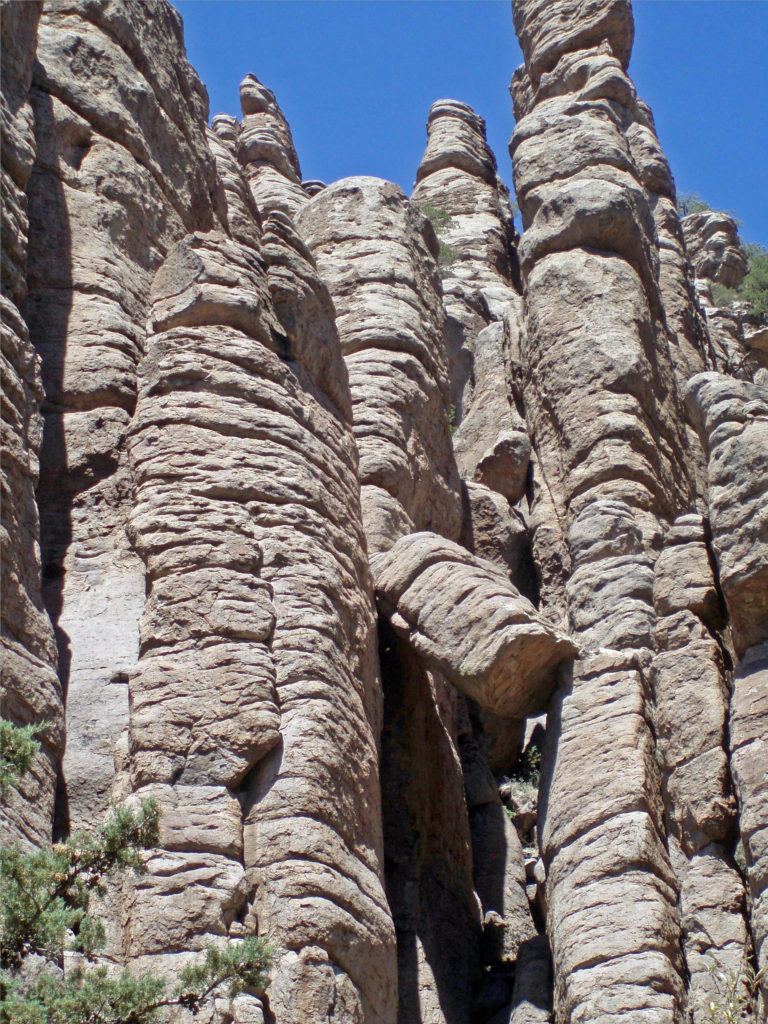 Originally posted April 28, 2020. Edited, updated, and re-posted February 5, 2022
Originally posted April 28, 2020. Edited, updated, and re-posted February 5, 2022

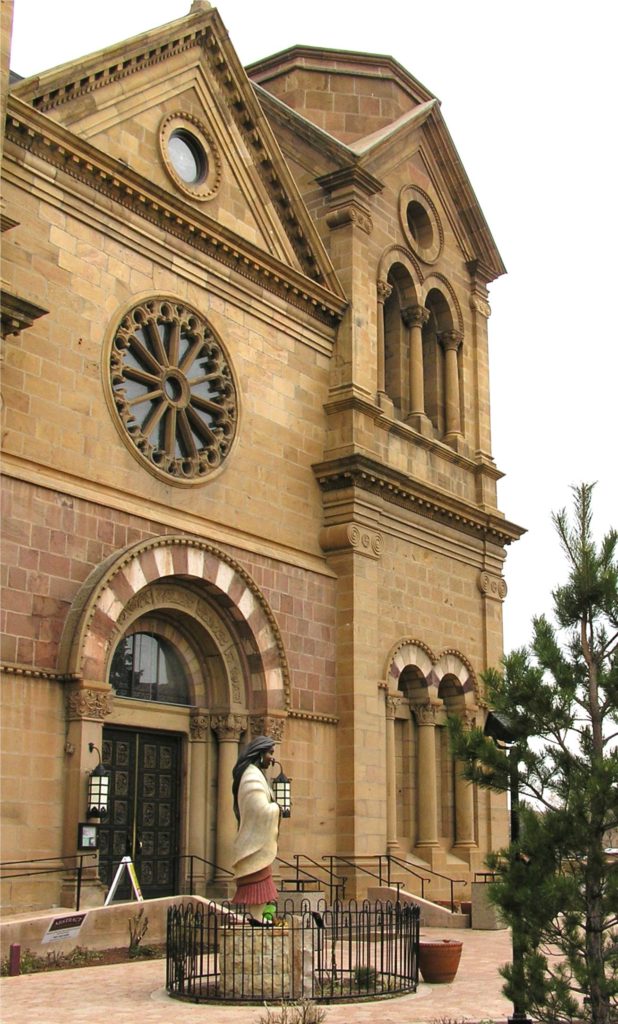


 The Plaza is an ideal place to begin your exploration of Santa Fe, particularly if you are an art lover, as my wife and I are. The New Mexico Museum of Art and the
The Plaza is an ideal place to begin your exploration of Santa Fe, particularly if you are an art lover, as my wife and I are. The New Mexico Museum of Art and the 

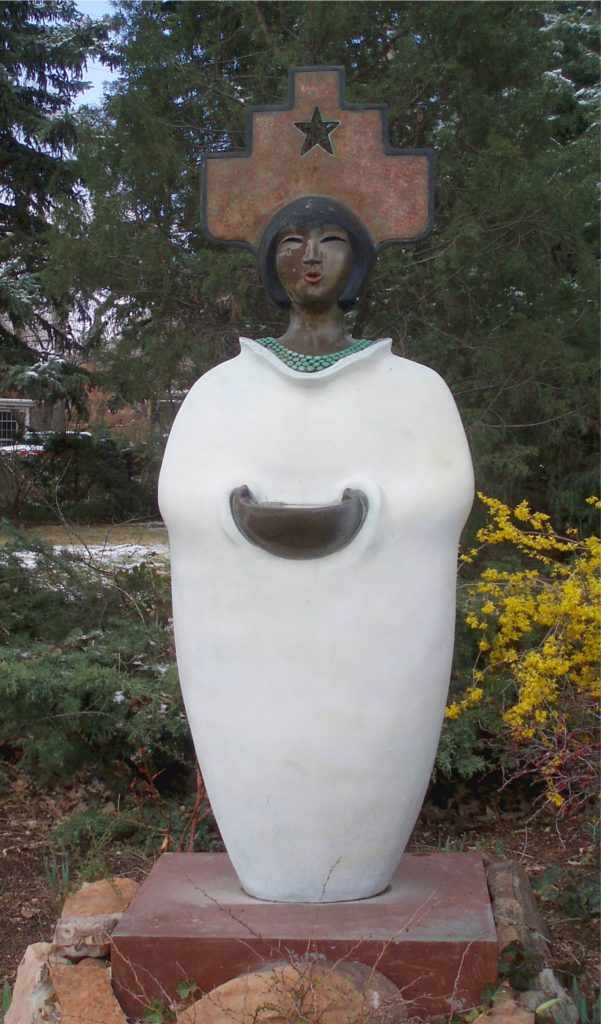 Of course there are plenty of things to see and do in Santa Fe beyond just the visual arts and local history. The Tourism Santa Fe
Of course there are plenty of things to see and do in Santa Fe beyond just the visual arts and local history. The Tourism Santa Fe 
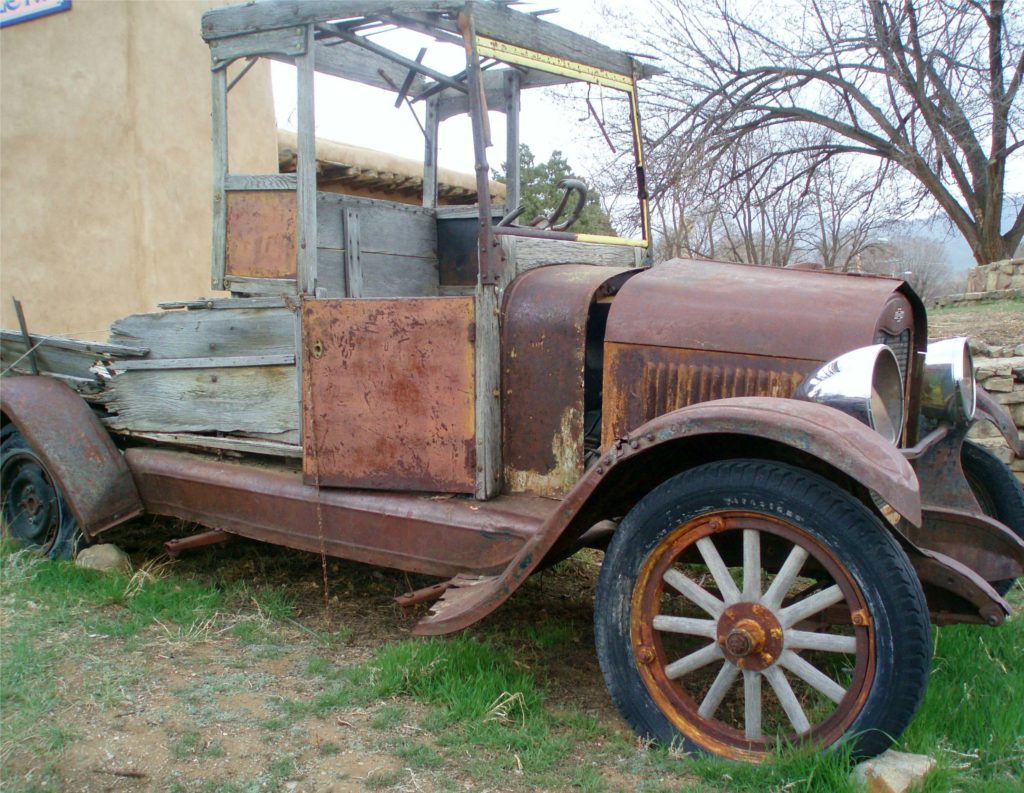 Puebloan history and culture is an even more pronounced component of modern day Taos than it is in Santa Fe. The nearby
Puebloan history and culture is an even more pronounced component of modern day Taos than it is in Santa Fe. The nearby 
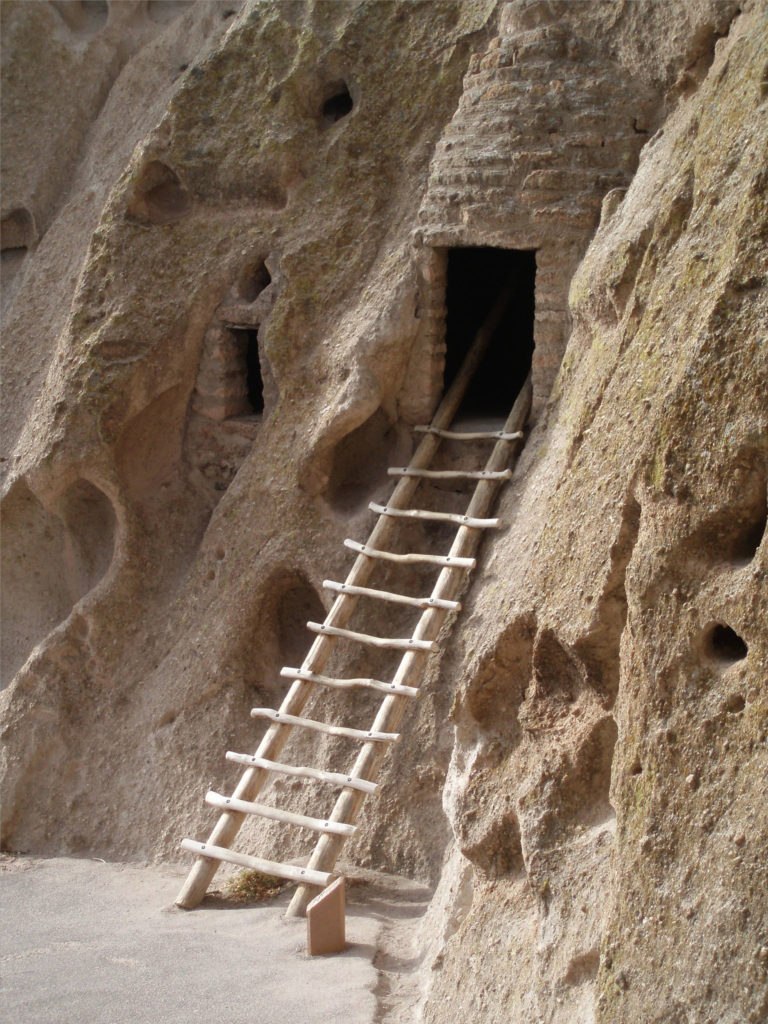


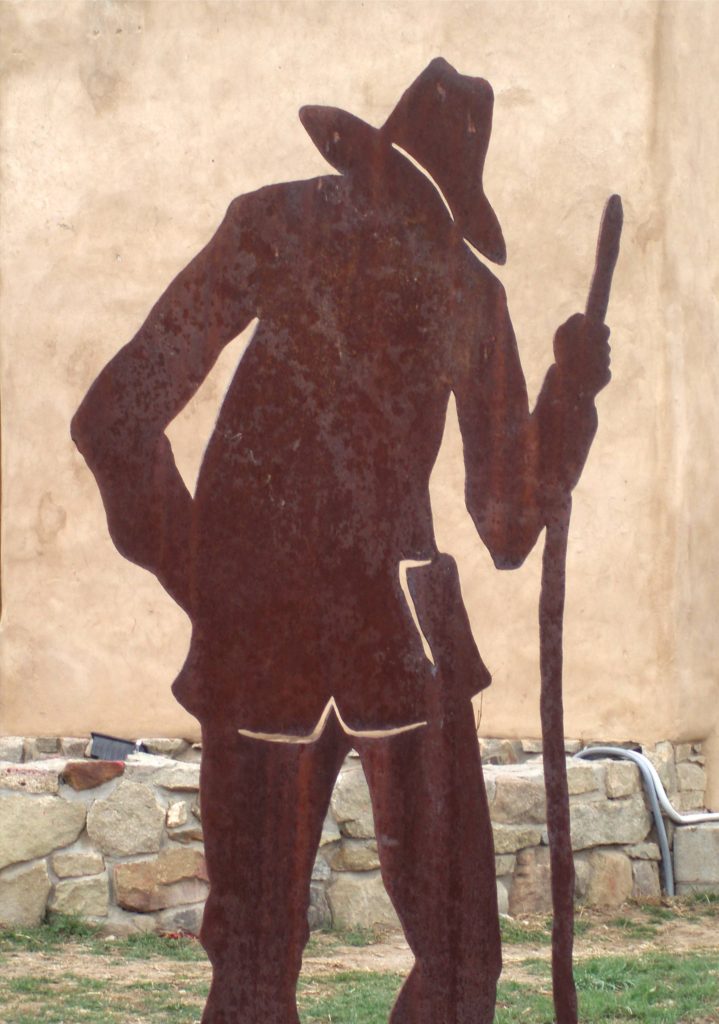













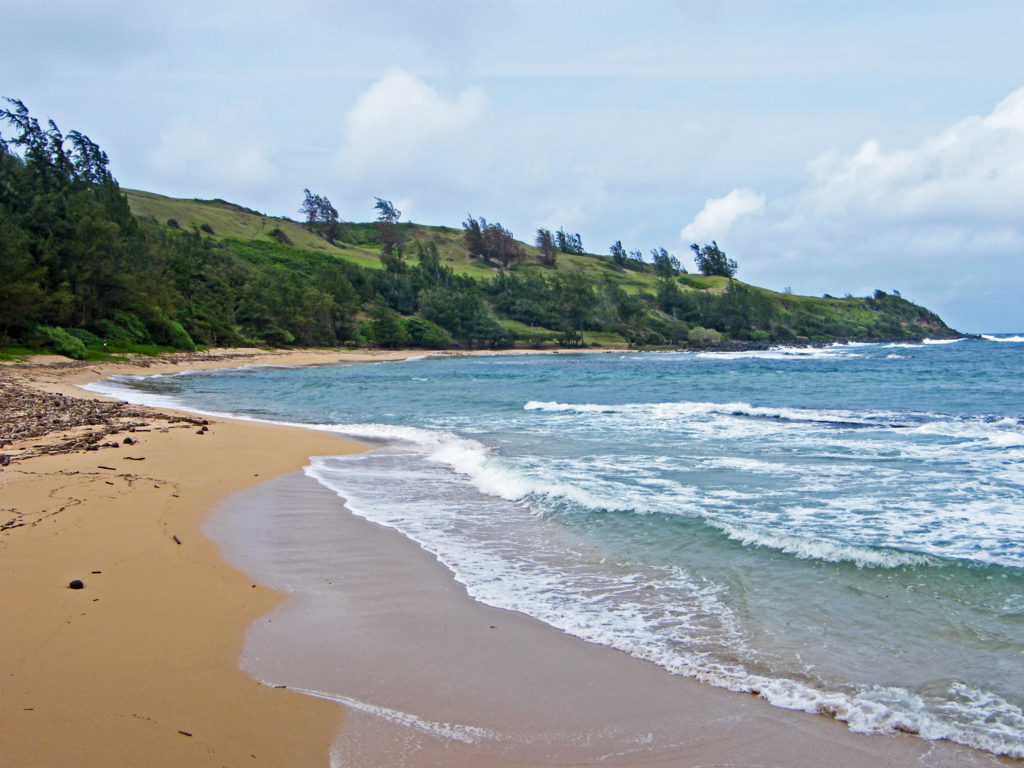












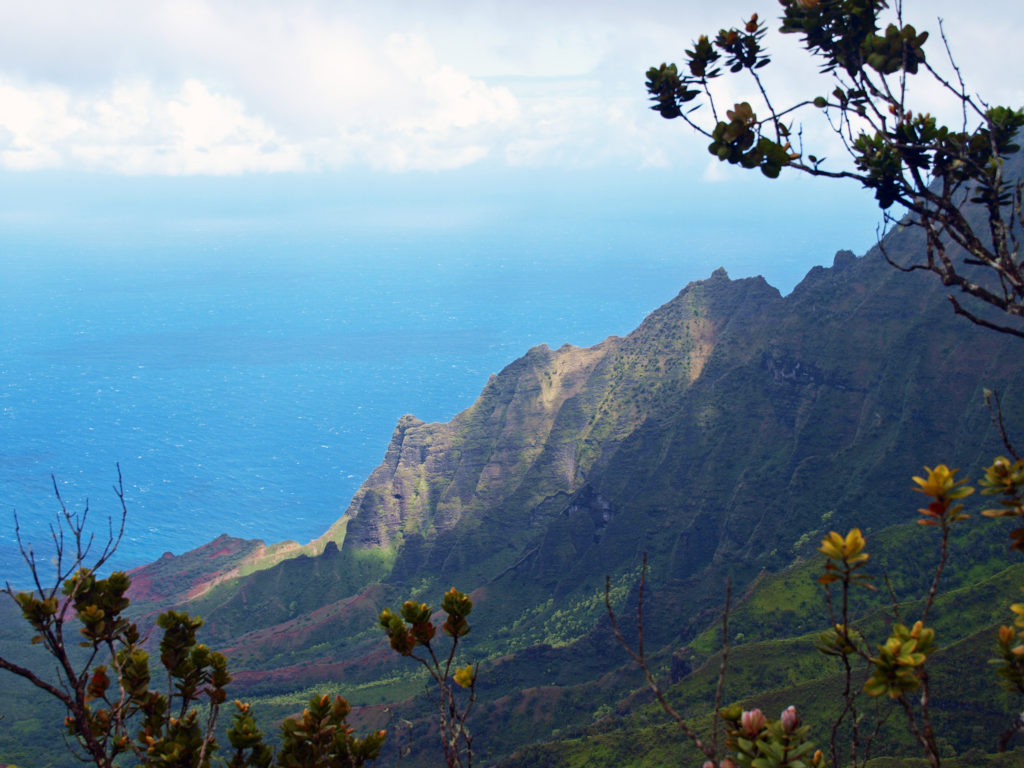
 For hikers, there are more than 45 miles of trails in the canyon. You could easily spend days in the canyon and not hike all of the trails. For those that do want to spend multiple days hiking or sightseeing,
For hikers, there are more than 45 miles of trails in the canyon. You could easily spend days in the canyon and not hike all of the trails. For those that do want to spend multiple days hiking or sightseeing, 


 First Impressions
First Impressions My wife and I have been back once since that first visit. The photos here were taken on that second trip in 2008. I think we’re long overdue for a third visit.
My wife and I have been back once since that first visit. The photos here were taken on that second trip in 2008. I think we’re long overdue for a third visit.
 The white Cedar Mesa Sandstone of the canyons in Natural Bridges was formed from white quartz sand with relatively little iron. The red and orange sandstone of the mesa tops gets its color from more iron rich rocks. Oxygen and hydrogen react with the iron, forming compounds that vary in color depending on the relative proportions of oxygen and hydrogen in the rock.
The white Cedar Mesa Sandstone of the canyons in Natural Bridges was formed from white quartz sand with relatively little iron. The red and orange sandstone of the mesa tops gets its color from more iron rich rocks. Oxygen and hydrogen react with the iron, forming compounds that vary in color depending on the relative proportions of oxygen and hydrogen in the rock. Human Presence
Human Presence The Ancestral Puebloan people began farming the mesa tops around 1500 years ago, but later abandoned the area, presumably because of a prolonged drought. After 300 years, the ancestors of modern day Hopi and Navajo returned to the Natural Bridges area, only to abandon the area again around the year 1280 CE. Modern Hopi, Navaho, and Paiute peoples reoccupied the area once again at later dates.
The Ancestral Puebloan people began farming the mesa tops around 1500 years ago, but later abandoned the area, presumably because of a prolonged drought. After 300 years, the ancestors of modern day Hopi and Navajo returned to the Natural Bridges area, only to abandon the area again around the year 1280 CE. Modern Hopi, Navaho, and Paiute peoples reoccupied the area once again at later dates. Europeans didn’t discover the area until 1883 when prospector Cass Hite ventured into the canyons looking for gold. He didn’t find any gold, but he did find the three magnificent natural bridges. Twenty years later, National Geographic Magazine published an article about the bridges, gaining the attention of President Theodore Roosevelt, who established
Europeans didn’t discover the area until 1883 when prospector Cass Hite ventured into the canyons looking for gold. He didn’t find any gold, but he did find the three magnificent natural bridges. Twenty years later, National Geographic Magazine published an article about the bridges, gaining the attention of President Theodore Roosevelt, who established  The bridges were named President, Senator and Congressman by Cass Hite. Later explorers gave them the names Augusta, Caroline and Edwin. But neither set of names stuck. In 1909 the bridges were given the Hopi names they carry today: Sipapu, Kachina, and Owachomo.
The bridges were named President, Senator and Congressman by Cass Hite. Later explorers gave them the names Augusta, Caroline and Edwin. But neither set of names stuck. In 1909 the bridges were given the Hopi names they carry today: Sipapu, Kachina, and Owachomo.
 Visitor Center
Visitor Center



 Conclusion
Conclusion Originally posted July 10, 2021. Updated July 21, 2024.
Originally posted July 10, 2021. Updated July 21, 2024.





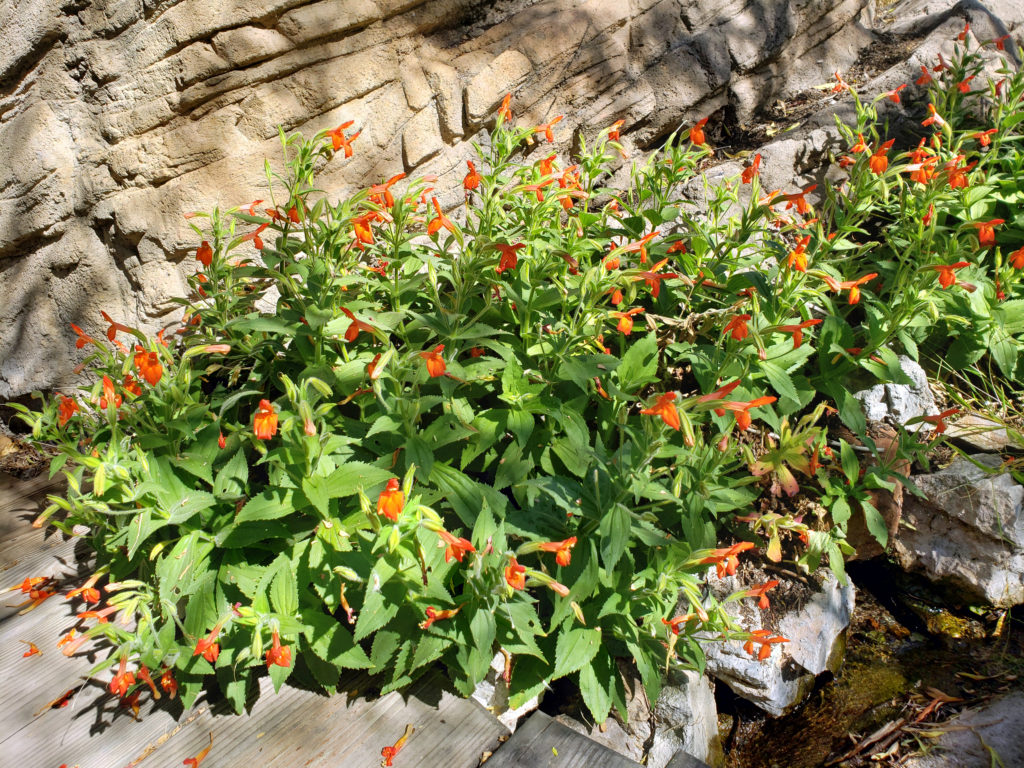

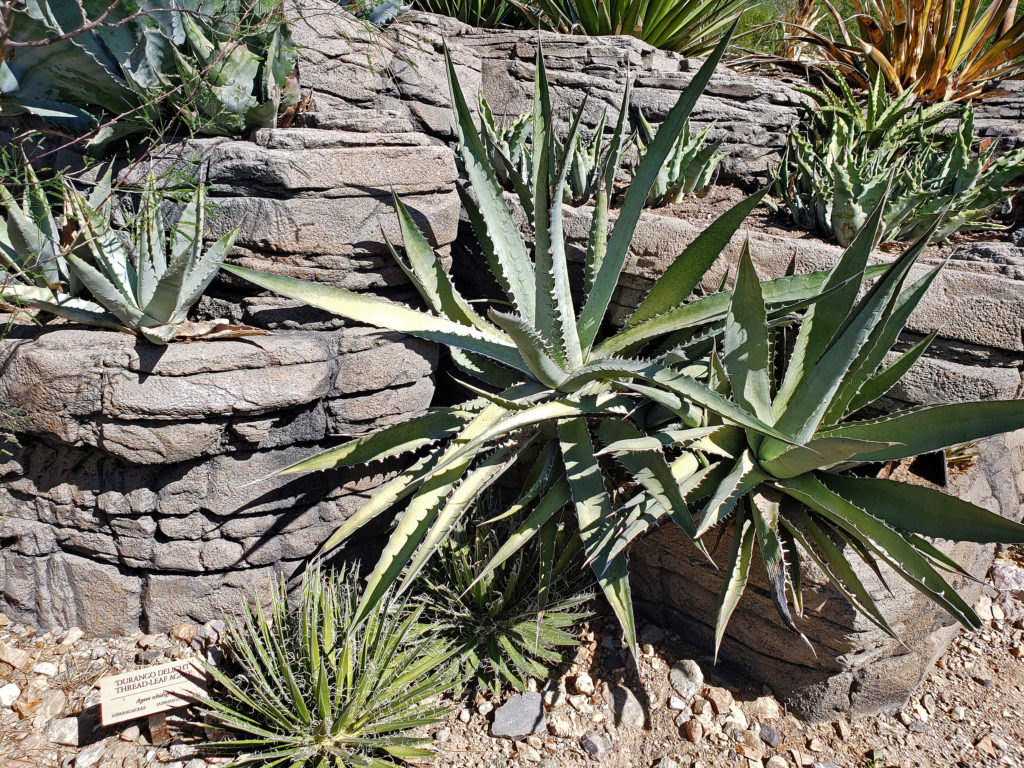 There is so much here that you probably can’t see it all in one visit. My wife and I have visited the museum on a couple of our Arizona excursions, and on our last visit I was surprised at how much I had missed on our earlier visit. Plan to spend at least two hours at the museum. Allow half a day to more fully explore what the museum has to offer, if you can.
There is so much here that you probably can’t see it all in one visit. My wife and I have visited the museum on a couple of our Arizona excursions, and on our last visit I was surprised at how much I had missed on our earlier visit. Plan to spend at least two hours at the museum. Allow half a day to more fully explore what the museum has to offer, if you can.


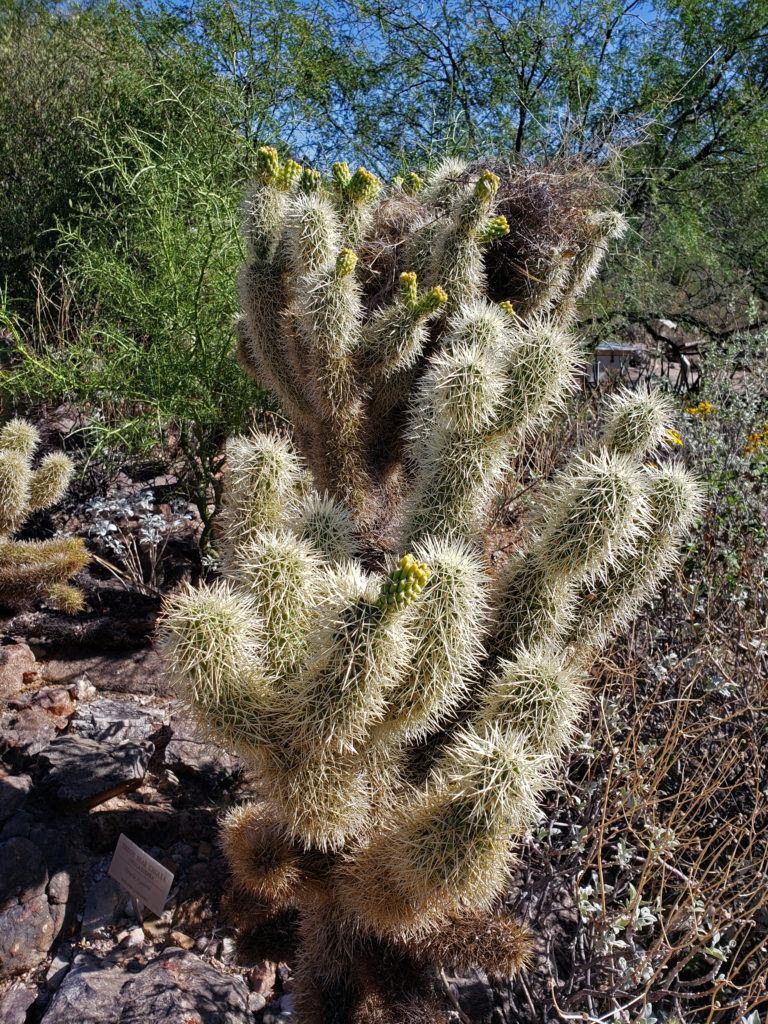
 If you’re ever in the Tucson area, consider making the drive to the top of Mount Lemmon. A paved road takes you to the summit, more than 6500 feet above the valley floor. Numerous viewpoints along the way provide spectacular vistas of the mountain, the surrounding desert below, and the mountains beyond. And numerous trailheads provide access to the ridges and canyons beyond the road for those who want to lace up their hiking boots and immerse themselves in the desert or mountain environment.
If you’re ever in the Tucson area, consider making the drive to the top of Mount Lemmon. A paved road takes you to the summit, more than 6500 feet above the valley floor. Numerous viewpoints along the way provide spectacular vistas of the mountain, the surrounding desert below, and the mountains beyond. And numerous trailheads provide access to the ridges and canyons beyond the road for those who want to lace up their hiking boots and immerse themselves in the desert or mountain environment. The drive takes you through numerous climatic and ecological zones, from the iconic saguaro cactus of the Sonoran Desert at the base of the mountain to an aspen and ponderosa pine forest at the summit.
The drive takes you through numerous climatic and ecological zones, from the iconic saguaro cactus of the Sonoran Desert at the base of the mountain to an aspen and ponderosa pine forest at the summit. My wife and I made the drive to the summit in October 2019 while in Arizona to visit my brother and attend a wedding. I had never heard of Mount Lemmon and I wasn’t keen on making that long of a side trip, but my wife convinced me that it would be worthwhile, and she nailed this one. Mount Lemmon is more than just worthwhile, and worth more than just a side trip. It’s a worthy destination in its own right.
My wife and I made the drive to the summit in October 2019 while in Arizona to visit my brother and attend a wedding. I had never heard of Mount Lemmon and I wasn’t keen on making that long of a side trip, but my wife convinced me that it would be worthwhile, and she nailed this one. Mount Lemmon is more than just worthwhile, and worth more than just a side trip. It’s a worthy destination in its own right.
 Windy Point, about seventeen miles from the beginning of the highway in Tanque Verde, has got to be one of the most spectacular viewpoints in southern Arizona. You’ll want to stop here and just wander around for a while. Take in the views of Tucson and the desert far below, the mountains beyond, and the rock formations around you. About four miles farther up the highway you’ll come to the San Pedro Vista, which gives you a panoramic view east across the San Pedro Valley to the Galiuro Mountains.
Windy Point, about seventeen miles from the beginning of the highway in Tanque Verde, has got to be one of the most spectacular viewpoints in southern Arizona. You’ll want to stop here and just wander around for a while. Take in the views of Tucson and the desert far below, the mountains beyond, and the rock formations around you. About four miles farther up the highway you’ll come to the San Pedro Vista, which gives you a panoramic view east across the San Pedro Valley to the Galiuro Mountains. Another couple miles brings you to the
Another couple miles brings you to the 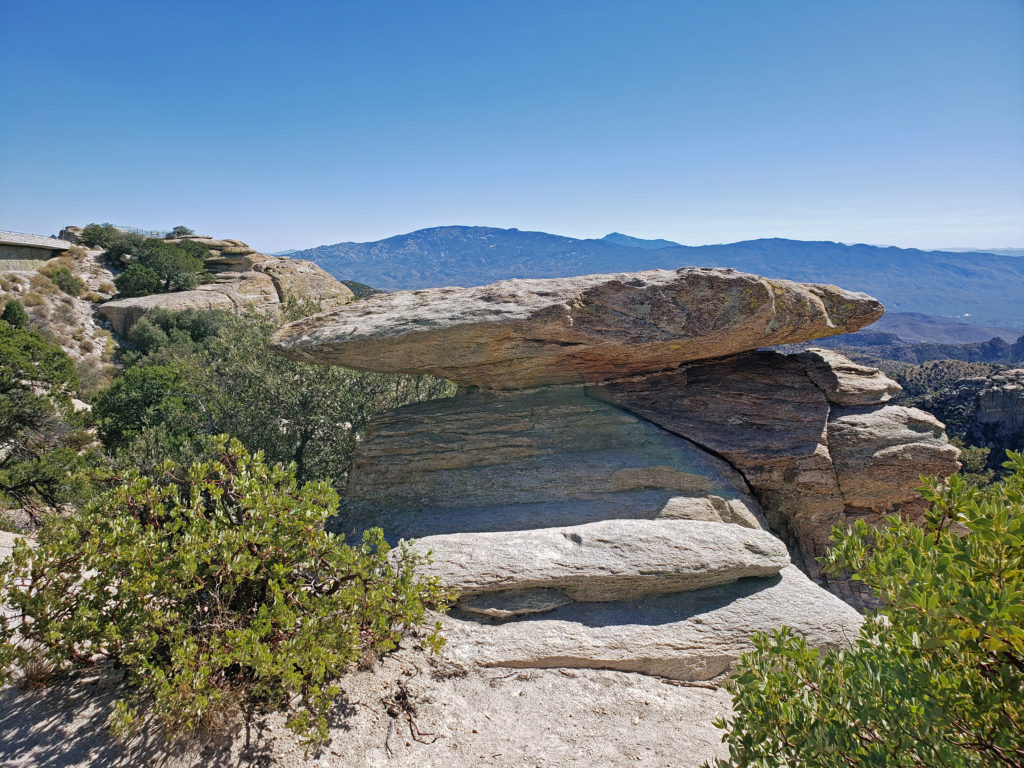
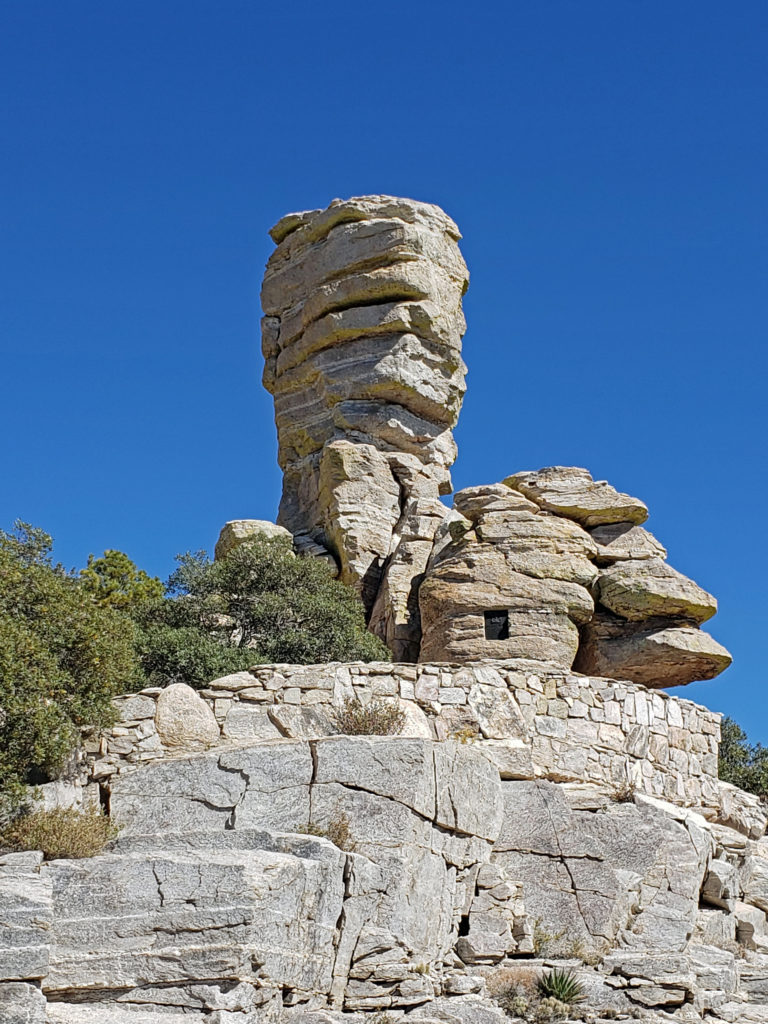
 If you go, note that the summit of Mount Lemmon can be thirty degrees cooler than Tucson, so dress accordingly. And if you plan to do any hiking, avoid mid-summer if possible and always bring plenty of water. There are no sources of safe drinking water on any of the hiking trails in the area, to my knowledge.
If you go, note that the summit of Mount Lemmon can be thirty degrees cooler than Tucson, so dress accordingly. And if you plan to do any hiking, avoid mid-summer if possible and always bring plenty of water. There are no sources of safe drinking water on any of the hiking trails in the area, to my knowledge.
 Not only am I glad we took the drive, I wish we could have spent more time exploring the mountain. For those that do have the time, there are several picnic areas along the highway and a few places to eat in Summerhaven, and there are several campgrounds a short ways off of the highway if you want to spend more than a day on the mountain. If you don’t want to camp, Summerhaven also has a few rental cabins, and a newly built small hotel. Check the
Not only am I glad we took the drive, I wish we could have spent more time exploring the mountain. For those that do have the time, there are several picnic areas along the highway and a few places to eat in Summerhaven, and there are several campgrounds a short ways off of the highway if you want to spend more than a day on the mountain. If you don’t want to camp, Summerhaven also has a few rental cabins, and a newly built small hotel. Check the  Note: In the summer of 2020 the entire area was closed to the public because of the Bighorn Fire that burned 120,000 acres in the Santa Catalina Mountains. Photos taken after the fire showed some badly burned areas, but others that were largely untouched. All of the area is open again, including the Palisades Visitor Center.
Note: In the summer of 2020 the entire area was closed to the public because of the Bighorn Fire that burned 120,000 acres in the Santa Catalina Mountains. Photos taken after the fire showed some badly burned areas, but others that were largely untouched. All of the area is open again, including the Palisades Visitor Center.






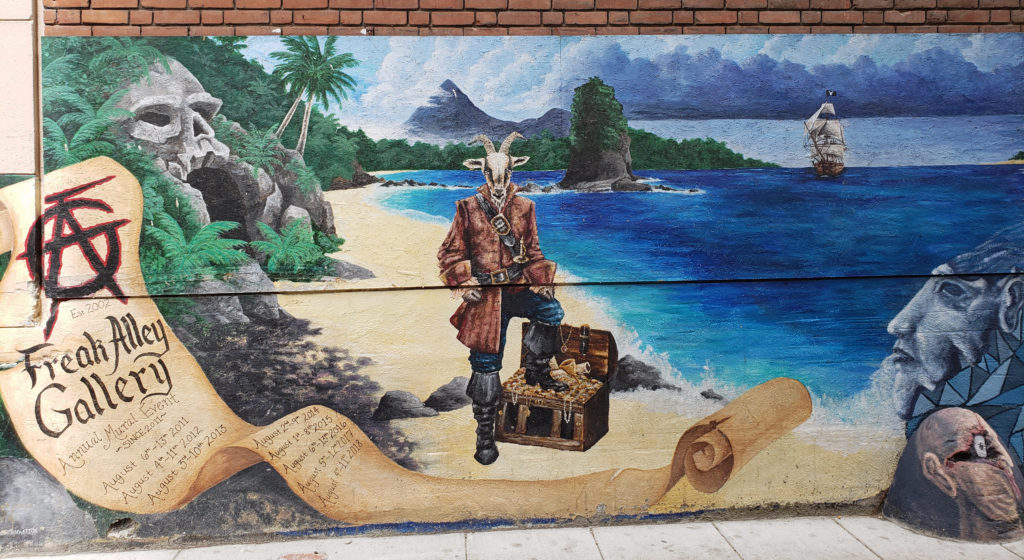















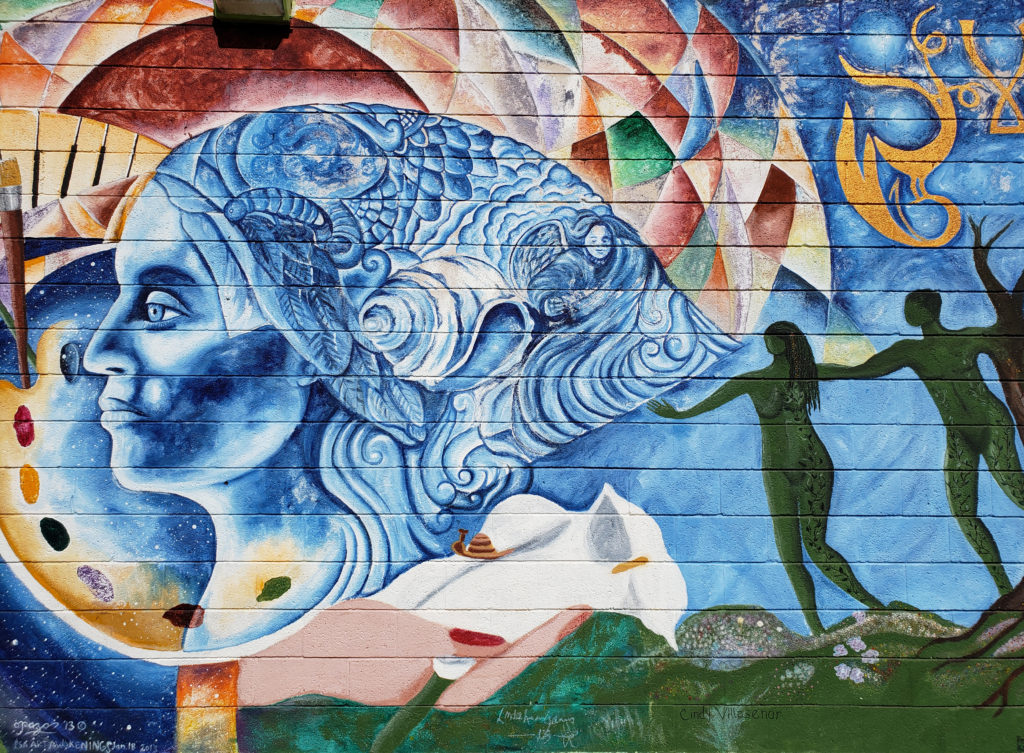

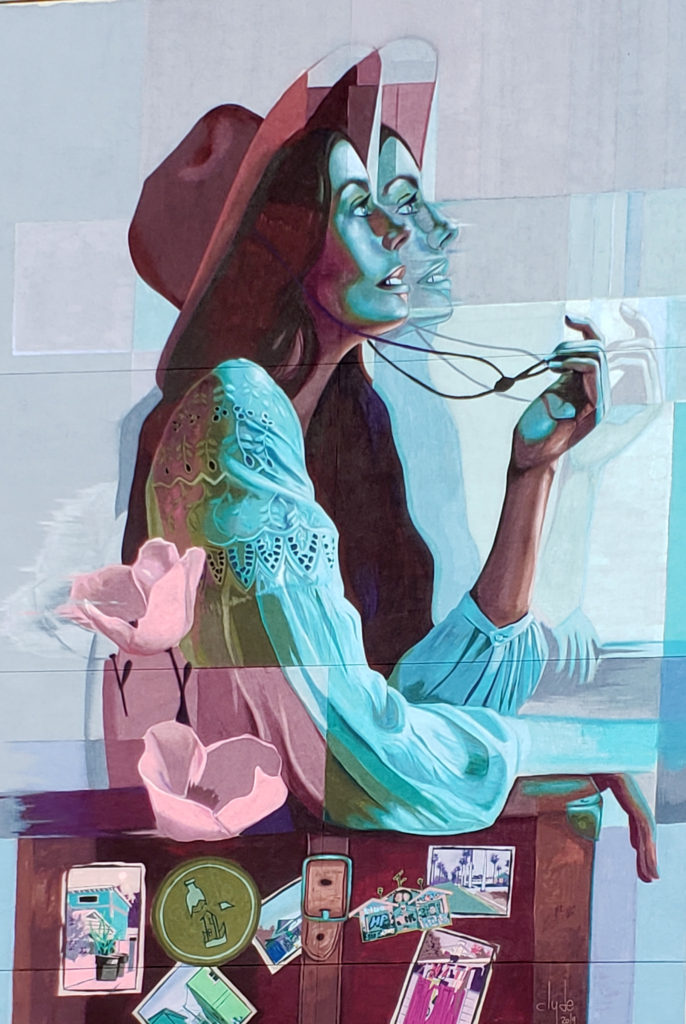


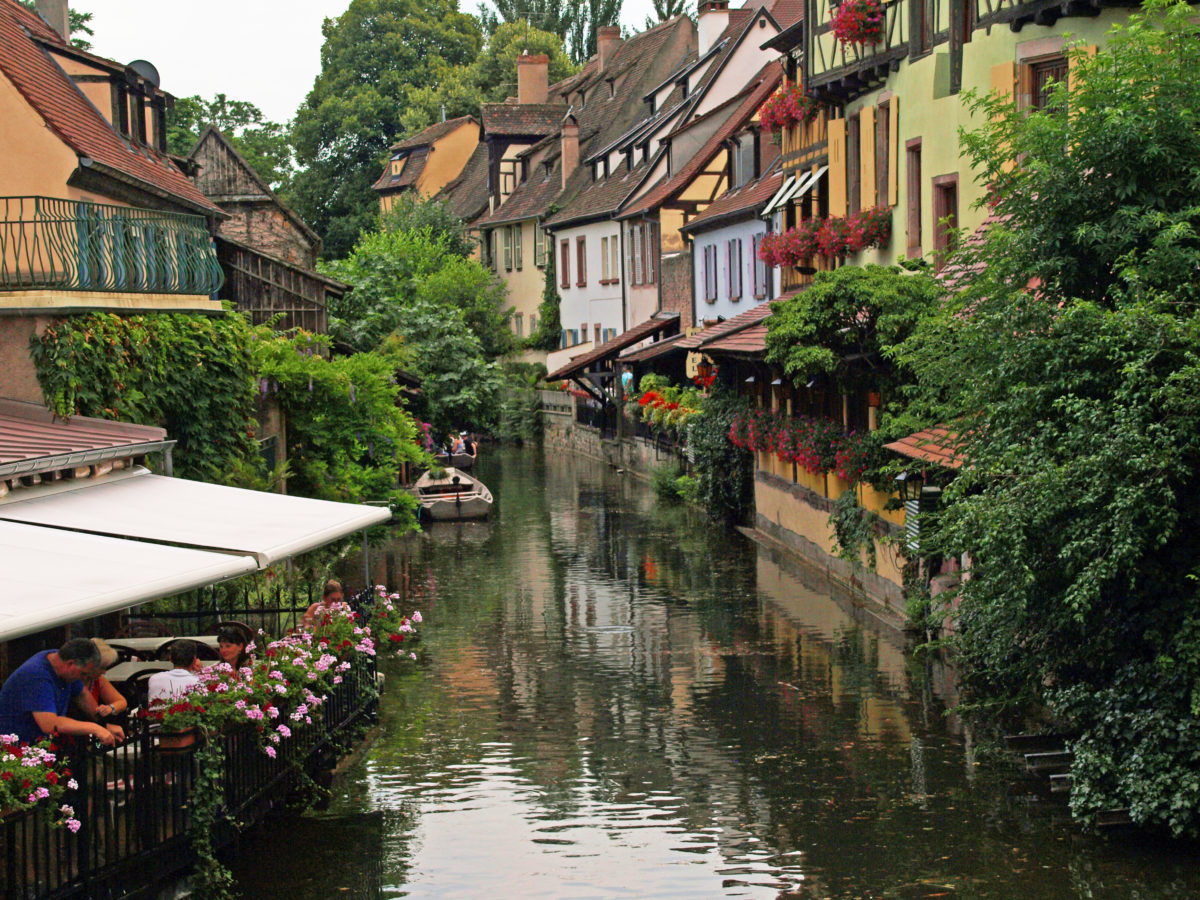








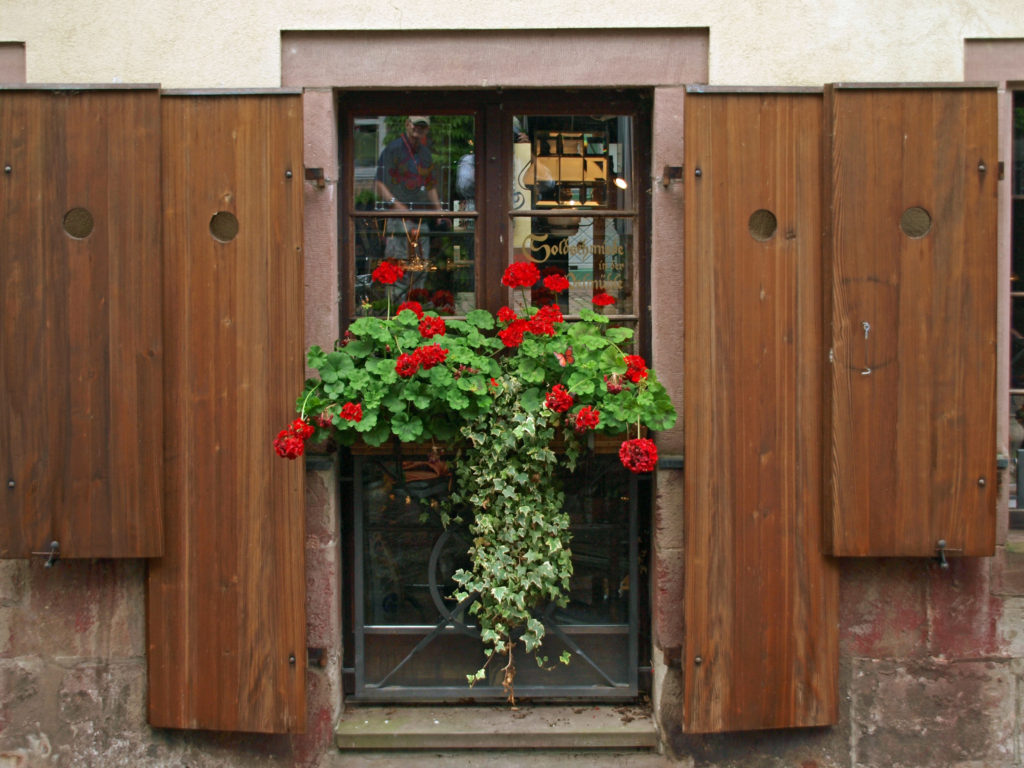
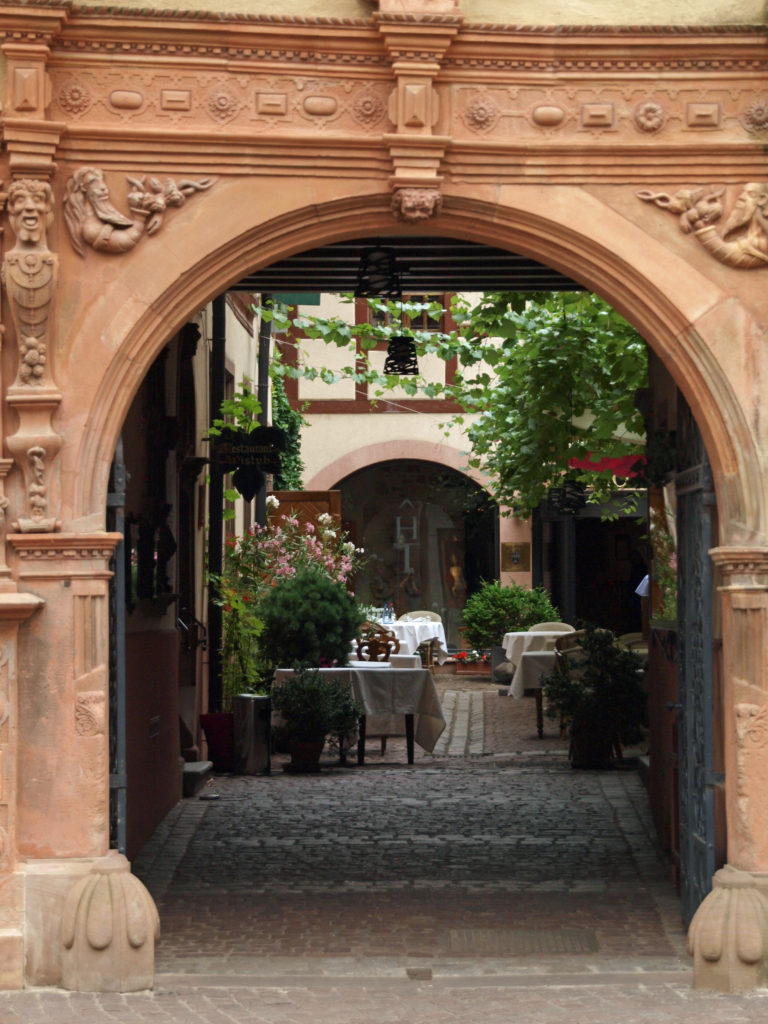









 We spent the rest of the day exploring the city center, including Basel Cathedral (Basel Munster), and the Basel Town Hall, and sampling Swiss cuisine. All in all, Basel was a delightful surprise, and a fitting end to our Rhine River cruise.
We spent the rest of the day exploring the city center, including Basel Cathedral (Basel Munster), and the Basel Town Hall, and sampling Swiss cuisine. All in all, Basel was a delightful surprise, and a fitting end to our Rhine River cruise.






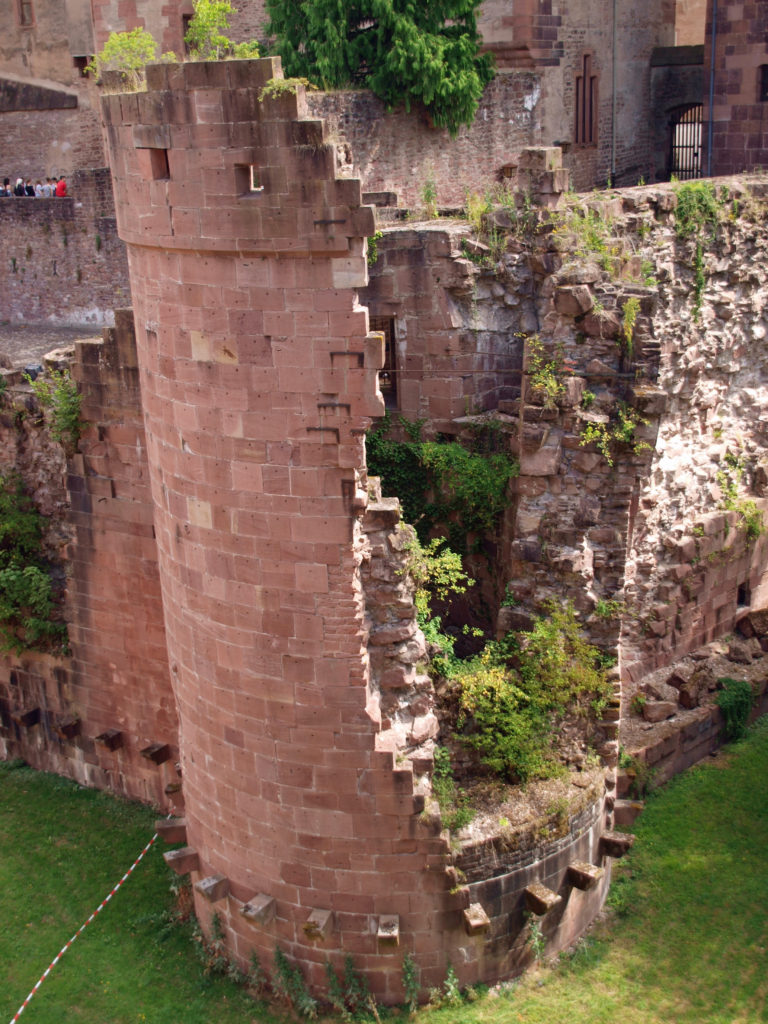 Our tour guide was a graduate student working on his doctorate in history at Heidelberg University, so we got a wealth of local history during our tour, told in an entertaining and often humorous manner. The castle ruins are a treasure trove of photo opportunities, as well. I could easily have spent a full day, or more, at the castle, but had to move on with the group.
Our tour guide was a graduate student working on his doctorate in history at Heidelberg University, so we got a wealth of local history during our tour, told in an entertaining and often humorous manner. The castle ruins are a treasure trove of photo opportunities, as well. I could easily have spent a full day, or more, at the castle, but had to move on with the group.

 We spent an hour or so exploring the old city, then stopped at a sidewalk cafe at one of the hotels for lunch. While there, another of the couples on the cruise joined us. Fran and Victor, from Santiago, Chile, were one of the few non-American couples on the cruise. Coincidentally, Victor, who is a surgeon, had been sent to Heidelberg some time previously by the university hospital where he practiced (they had some sort of reciprocal relationship with Heidelberg University), and had stayed in the same hotel at which we were dining.
We spent an hour or so exploring the old city, then stopped at a sidewalk cafe at one of the hotels for lunch. While there, another of the couples on the cruise joined us. Fran and Victor, from Santiago, Chile, were one of the few non-American couples on the cruise. Coincidentally, Victor, who is a surgeon, had been sent to Heidelberg some time previously by the university hospital where he practiced (they had some sort of reciprocal relationship with Heidelberg University), and had stayed in the same hotel at which we were dining.

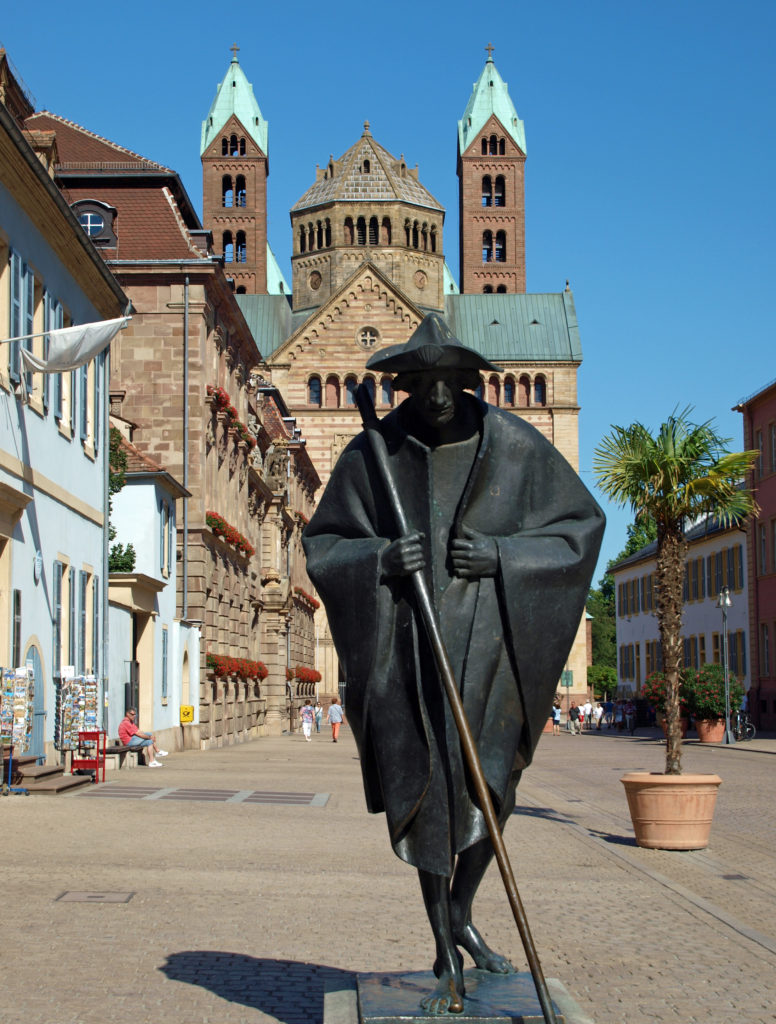








 From Kehl, the ship sailed that evening to Breisach, Germany. Our excursions on the following day took us to Freiburg, Germany and Colmar, France. Look for an upcoming post on those outings.
From Kehl, the ship sailed that evening to Breisach, Germany. Our excursions on the following day took us to Freiburg, Germany and Colmar, France. Look for an upcoming post on those outings.


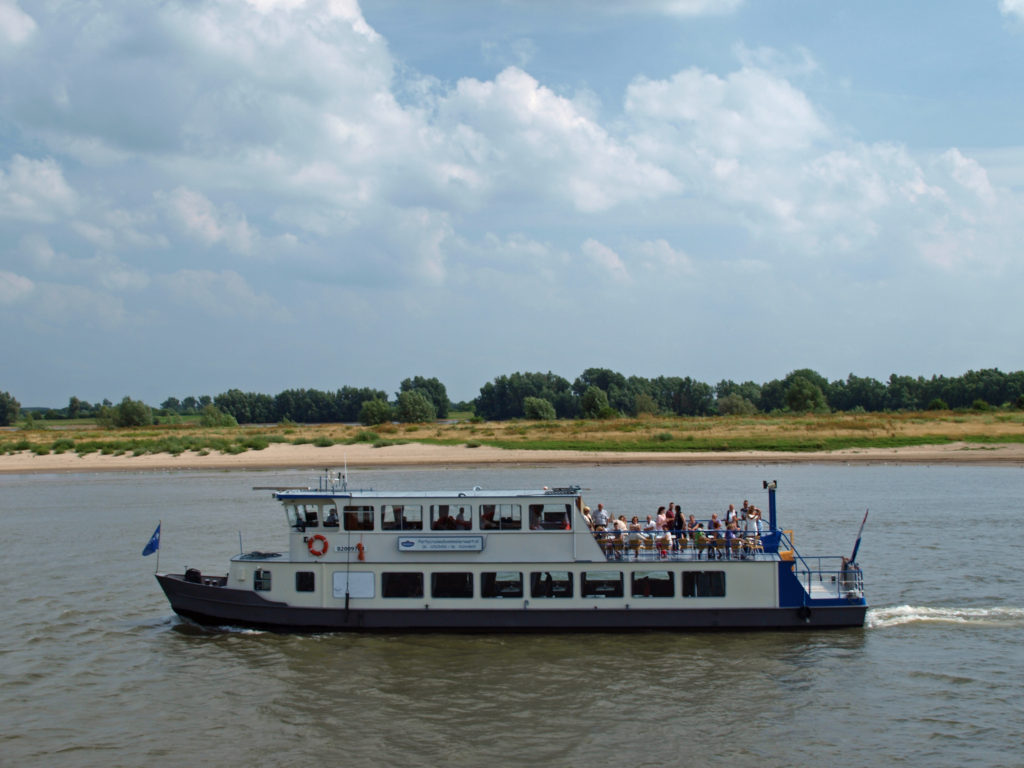






 Construction of the Cologne Cathedral began in 1248. In 1478 construction was halted and the cathedral remained unfinished for another 400 years. It wasn’t until 1880 that it was completed to the original medieval plan. The cathedral was damaged by a number of bombing raids in WWII, but remained standing, and repairs were completed in 1956.
Construction of the Cologne Cathedral began in 1248. In 1478 construction was halted and the cathedral remained unfinished for another 400 years. It wasn’t until 1880 that it was completed to the original medieval plan. The cathedral was damaged by a number of bombing raids in WWII, but remained standing, and repairs were completed in 1956.
 Our second tour in Cologne was an optional pub crawl that evening, led by a local guide. In Cologne each pub has a working agreement with one of the local breweries that produce the local brew, called
Our second tour in Cologne was an optional pub crawl that evening, led by a local guide. In Cologne each pub has a working agreement with one of the local breweries that produce the local brew, called 




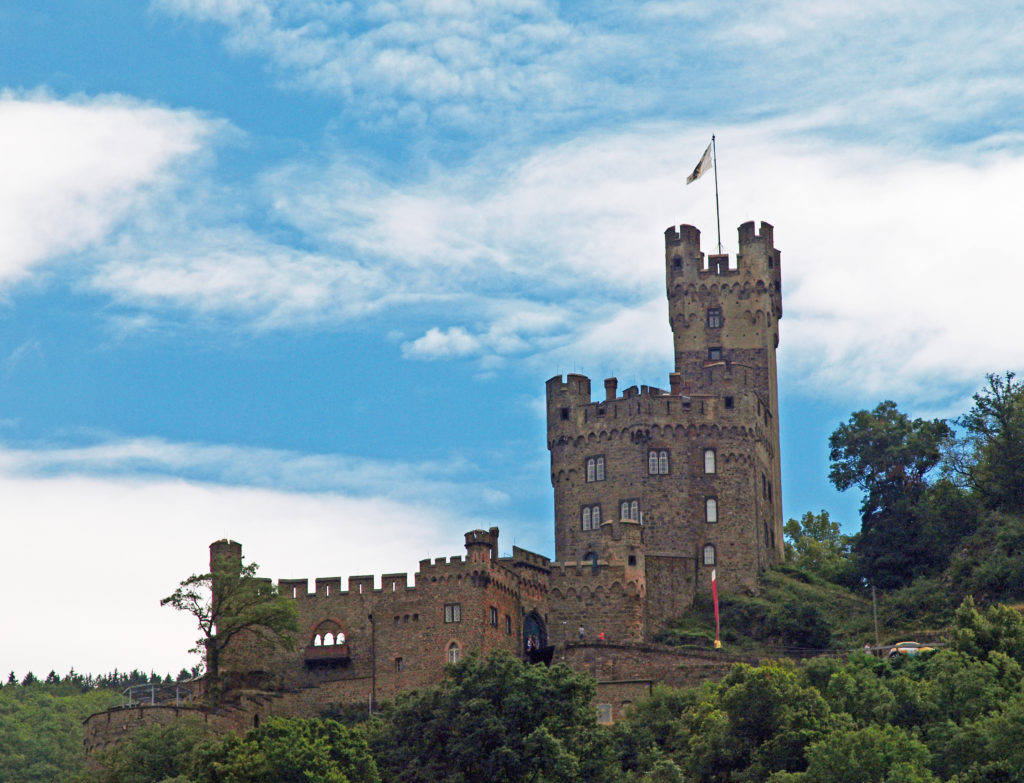















 Museum tickets can be purchased online. Also check out the
Museum tickets can be purchased online. Also check out the 

 Our Rhine River cruise began with boarding our “longship” (the Viking Mani), and dinner onboard. That was the first of many outstanding meals served on the ship – and the first of many pleasant surprises on the cruise. (See my
Our Rhine River cruise began with boarding our “longship” (the Viking Mani), and dinner onboard. That was the first of many outstanding meals served on the ship – and the first of many pleasant surprises on the cruise. (See my  The largest surviving group of ancient windmills in the world is in village of
The largest surviving group of ancient windmills in the world is in village of 

